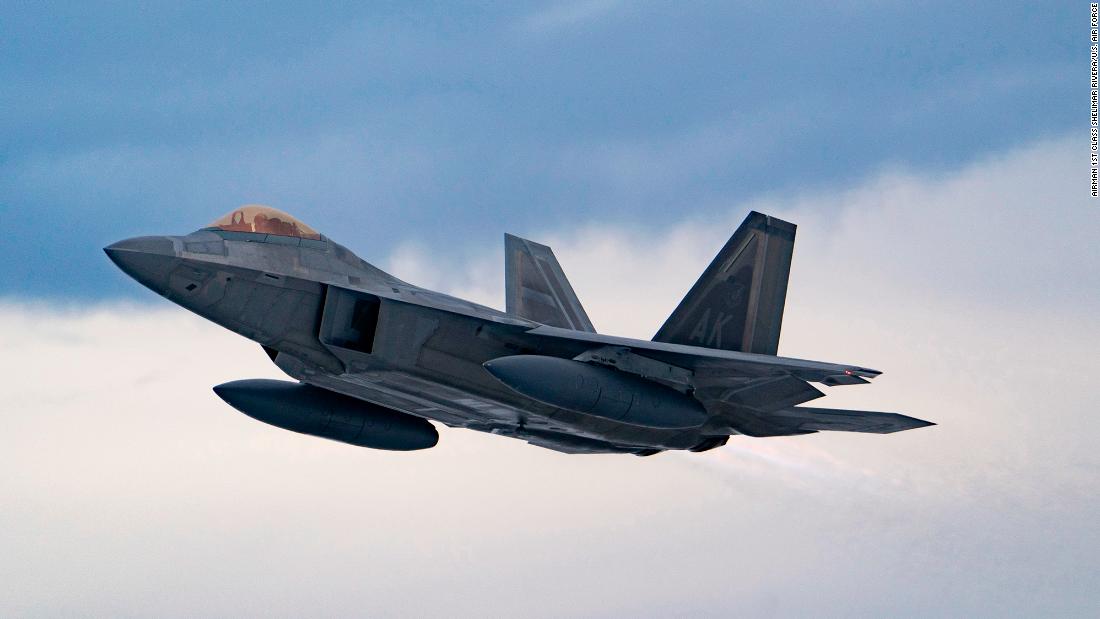Police Aren’t Needed for 49% of 911 Calls: Seattle Report
A pilot program for launching triage teams as an alternative response to non-violent 911 calls “is the first step of many to truly reimagine public safety in Seattle,” says Mayor Jennie Durkan. Other cities are following similar paths.


Illustration by scarysideofearth via Flickr.
Nearly half of the 911 calls to Seattle police can be handled without armed, sworn officers, according to a report commissioned by Mayor Jennie Durkan.
The report, based on three years of dispatch data for 911 calls compiled by the National Institute for Criminal Justice Reform (NICJR), was part of a plan launched in September to ”reimagine” policing in Seattle, reports the Seattle Times.
The NCIJR, which specialized in reducing incarceration and gun violence through the country, found that at some point in the future, an “alternative, non-sworn response” could have been appropriate for up to 49 percent of Seattle Police Department (SPD) calls, or about 685,000 dispatch responses between 2017 and 2019.
The institute also found that about 80 percent of SPD calls are noncriminal incidents, but the report does note that some calls not coded as a criminal incident might still involve some criminal behavior.
Due to this, the NICJR proposes a four-tier response model for responding to 911 calls.
This first tier will include calls that can be handled by an unarmed community responder, like littering or noise complains. The second and third tiers include calls that can be handled by both community responders and dispatchers, with one group leading the response over the other, depending on the case.
The fourth tier includes calls where police are the primary responders.
The report also says that about 12 percent of calls, “can and should be explored for alternative responses” in the near future for shorter-term changes.
Those calls, which accounted for over 23,000 service hours between 2017 and 2019, involve incidents like “person down” or welfare checks which are regarded as low-risk.
In order to meet the immediate need for alternative responses, the report says, the SPD, the Seattle fire department (SFD), and the Community Safety and Communications Center (CSCC) are proposing a new pilot aimed at helping 911 triage non-criminal calls with no imminent health concerns.
These triage teams will be a civilian forward alternative to fire or police and will be housed within the Mobile Integrated Health (MIH) program. The teams will respond directly to wellness check calls.
This initiative, tentatively called “Triage One,” will be launched next year at the earliest, said Durkan during a news conference last week.
Many other cities are trying their hand at alternative responses for non-violent 911 calls.
In Durham, NC, the Durham Community Safety Department will work to second to crises and 911 calls with mental health professionals and social workers, instead of law enforcement officers, reports the Indy Week.
In New York City, a piolet program that sends mental health professionals and paramedics (called B-HEARD teams) instead of police for non-violent emergency calls have so far been successful in keeping more people out of the hospital and getting them treatment, reports Very Well Health.
The report says this new pilot “is the first step of many to truly reimagine public safety in Seattle.”
While the report says that the SPD, along with the Mayor’s Office, are committed to “continuing this work to increase the number of available alternative responses and reduce the number and types of calls that are unnecessarily responded to by SPD patrol officers,” police say they have questions about how realistic these numbers really are, according to the Seattle Times.
While the SPD generally agrees with the tiered model, Chris Fisher, SPD’s executive director of strategic initiatives, said questions remain over how to ensure safety for community responders and victims in each call type.
He said that officers have to go to areas where there have been recent increases in shootings or other violent crime. These calls are listed as “proactive/administrative” codes, rather than violent ones, but officers’ visible presences are part of a deployment strategy “grounded in research.”
Police also don’t agree with the logic that unarmed individuals could respond to alarm calls, like “non-passive” bank and panic alarms.
Fisher says there are also some concerns with these suggestions, as calls could raise legal issues such as who can take possession of lost property, how to respond to a death without compromising a potential homicide scene, or how to enforce maritime rules and safety.
Concerning the triage teams, Fisher says, “Policing in general is shifting in that direction, both from the social justice conversation of how we decrease unnecessary interactions with police departments and make sure people are getting matched up with the services they need — but also because so many departments are having staffing crises, it’s a necessity”
“There is no one solution for community safety,” Durkan said during a July 23 conference. “We need to have a range of tools.”
Additional Reading:
Despite Protests and a Pandemic, Police Killings Persist, The Crime Report, July 30, 2021
Alternative Dispatch Programs for Mental Health 911 Calls Piloted in 13 Cities, The Crime Report, June 7, 2021
Is It Time to Rethink the 911 Call System?, The Crime Report, Oct. 16, 2020
Gabriela Felitto is a TCR Justice Reporting intern.

 Landwebs
Landwebs 


















/cdn.vox-cdn.com/uploads/chorus_asset/file/24430706/elon_musk_twitter_for_you.png)



